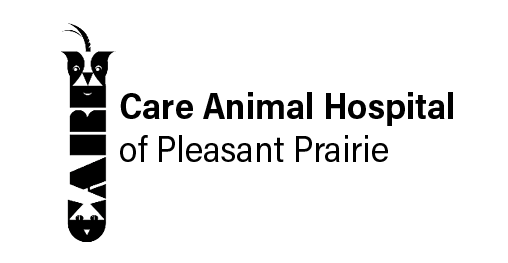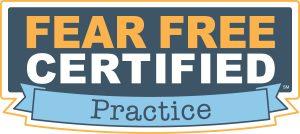Library
-
A tooth root abscess develops when bacteria enter the exposed root canal of the tooth. The abscess may leak directly into the oral cavity or may leak out onto the skin. A tooth root abscess is painful and must be treated as soon as possible. Signs and diagnosis are discussed. Treatment options include root canal therapy or extraction.
-
Topiramate is an anticonvulsant used to treat refractory seizures in dogs. It may be used to treat seizures or feline idiopathic ulcerative dermatitis in cats and refractory seizures in other animals, though little information on efficacy is available. It is used off label (extra label) in veterinary medicine. Topiramate comes in capsules, tablet, and liquid suspension forms.
-
Torsemide, also known as UpCard®CA-1, is a diuretic used to remove excess fluid (water) from the body. It is used in conditions such as heart disease and lung disease. It is conditionally approved by the FDA for use in dogs only. Torsemide comes in an oral liquid suspension form.
-
Total ear canal ablation and bulla osteotomy (TECA-BO) is a surgery performed to remove the ear canal and a portion of the middle ear. This surgery is performed in cases where the pet is suffering from chronic and unresponsive ear infections. The surgical technique, reasons for performing the procedure, the diagnostic steps, and potential post-op complications are outlined in this handout.
-
The hip joint is a ball and socket joint. The ball is at the top of the thigh bone (femur), and the socket (acetabulum) is in the pelvis. Total hip replacement surgery removes and replaces both the ball and socket with prostheses (artificial body parts). Before a total hip replacement, the dog usually has a thorough examination and a blood screening to prepare for general anesthesia. Post-surgery, the dog will spend 3 to 5 days in hospital. Approximately 90-95% of dogs with a total hip replacement do very well and have excellent post-surgical function.
-
There are approximately 35 (or more) species of toucans and toucanets, including the smaller, slender aracari. Their most outstanding feature is the large, elongated, hollow beak that varies in coloration from black to multicolored. Hand-raised babies that are well-socialized make charming, affectionate pets, whereas wild toucans are very challenging to tame. They require a large horizontal cage with lots of perches, as they are very active, curious, and enjoy hopping from perch to perch. However, they can be aggressive with other birds and are known to occasionally kill and eat smaller species, such as canaries and finches. Toucans and toucanets require regular, routine veterinary health check-ups.
-
Toucans and toucanets are members of the family of birds called Rhamphastidae. They require a high-moisture diet and have a relatively short digestive tract, so food moves quickly through their digestive tract. Low-iron pellets and fruits should make up most of their daily diet. Iron storage disease, called hemosiderosis, is common in these birds when they are fed a diet high in iron.
-
Toxoplasma occurs worldwide. However, infection is uncommon in pet cats that do little or no hunting and primarily or exclusively eat commercial cat foods. Despite the high number of cats infected with T. gondii, very few show significant clinical signs. Humans are most commonly infected by eating contaminated food. Most people infected with this organism do not develop clinical disease. However, infection during pregnancy may be transmitted to the fetus and sometimes cause severe damage. Many pet cats will never be exposed to Toxoplasma and, therefore, cannot pass the infection on to humans.
-
Birds are highly intelligent animals and toys are an important part of their mental health, as well as their mental and physical agility. Toys encourage exercise and provide good wear for the beak and nails. Certain toys are ideal while others can be dangerous to your bird.
-
The trachea, or windpipe, is the tube connecting the throat to the lungs. Tracheal collapse occurs most frequently in middle-aged to senior dogs (4-14 years), but some younger dogs can also be affected. The most common clinical sign is a persistent, dry, harsh cough, sometimes referred to as a "goose honk". Pets who have surgery for the condition often need medications for life. The prognosis will depend on how well your dog responds to treatment.


